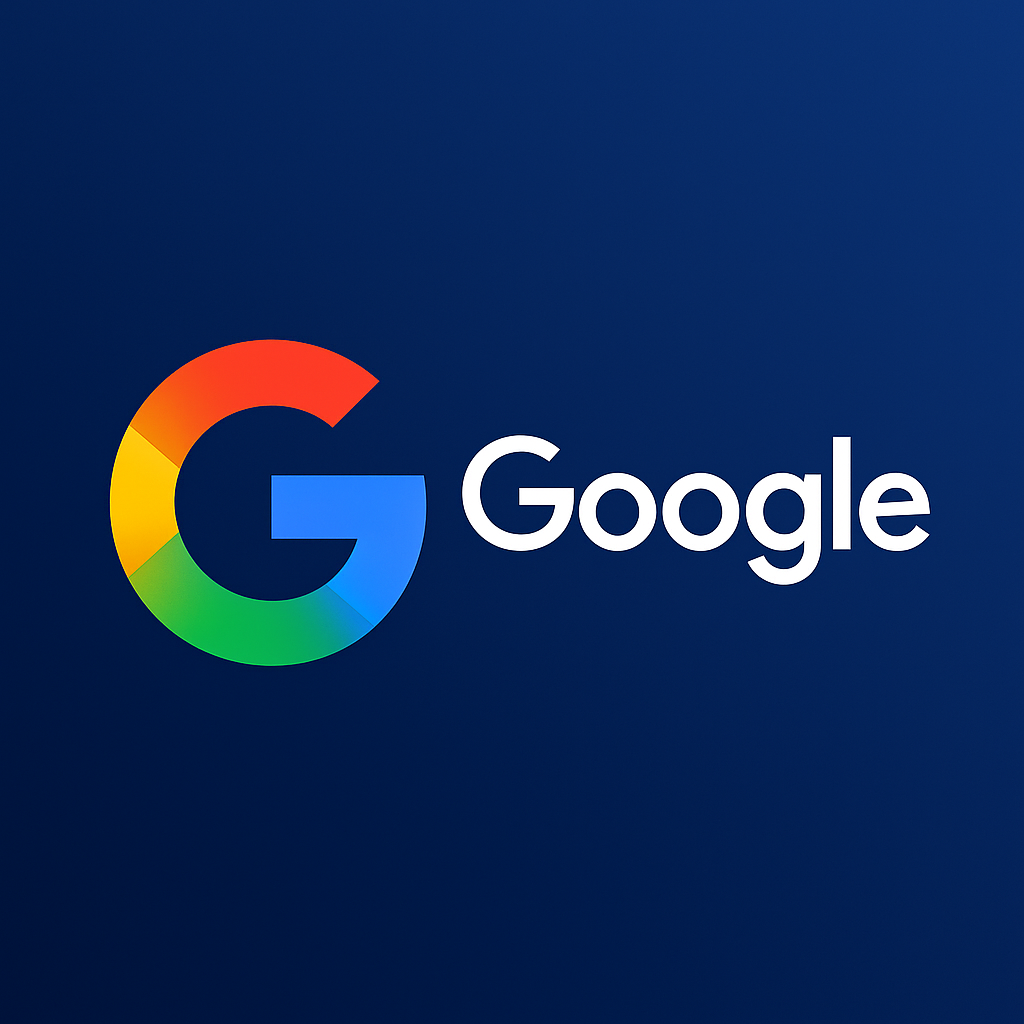Google’s 2025 Logo Redesign: A Gradient ‘G’ Icon
Introduction: A New Chapter in Google’s Visual Identity
In 2025, Google quietly introduced a subtle yet impactful update to its iconic ‘G’ logo. The flat, color-blocked design that had represented Google since 2015 is now replaced with a gradient logo—a modern visual update that reflects deeper strategic goals.
This article explores the reason behind Google’s new logo, the design strategy, AI branding trends, and what UX/UI designers and marketers can learn from this subtle but meaningful change.

What’s New in the Google Logo (2025)?
The redesigned logo maintains Google’s classic Product Sans G shape and color sequence—red, yellow, green, and blue—but introduces a gradient transition between the colors.
Key visual changes:
- Gradient Blend: Instead of solid segments, the logo features smooth transitions between red → yellow → green → blue.
- No Shape Change: The capital “G” form and the color order remain consistent, retaining familiarity.
- More Depth & Vibrancy: The new look gives the icon a 3D-like polish, making it more dynamic on modern screens.
Why Google Updated Its Logo in 2025
1. Aligning With Google’s AI-First Vision
The gradient design mirrors the blended aesthetics of other Google AI products like Gemini and Google Bard. As Google doubles down on generative AI, the logo update signals its shift to more fluid, intelligent experiences.
Keyword focus: AI branding strategy, generative AI design
2. Following Modern Design Trends
Flat design ruled the 2010s. In the 2020s, gradients and dimensional design are making a strong comeback. Instagram, Spotify, and even Apple have integrated subtle gradients for a more engaging and screen-friendly experience.
Keyword focus: logo design trends 2025, modern logo design
3. Enhancing UX in Dark Mode Environments
The gradient makes the icon more adaptive to dark mode and improves visibility across screen types. The softness of the color blend also reduces eye strain, a plus for accessibility and multi-environment UX design.
Keyword focus: dark mode logo design, UX design trends
4. Strategic Brand Cohesion
Google’s services already use gradients in UI components (Gmail, YouTube Music, Material You themes). The logo change is part of a broader branding consistency strategy across mobile and desktop apps.
Keyword focus: brand identity design, logo consistency strategy
Where You’ll See the New Google Logo
- Mobile Apps: Gradual rollout on Google apps across Android and iOS.
- Web Experience: The classic Google homepage and services still show the old logo, but updates are expected.
- Phased Transition: No official statement, but experts suggest a full brand rollout may happen later in 2025.
What This Means for Designers and Product Teams
Google’s 2025 gradient logo is not just a cosmetic update—it’s a lesson in strategic branding, adaptability, and future-proof design.
Key Takeaways:
- Micro-changes drive macro-impact. Small updates can shift perception subtly but powerfully.
- Design for adaptability. Logos must function across dark/light modes, accessibility needs, and global screens.
- Stay ahead of trends. As AI transforms product experiences, branding must evolve to reflect intelligence and emotion.
Final Thoughts: Is This the Beginning of a Full Visual Refresh?
Google’s new ‘G’ is a low-key but high-impact update that may hint at bigger changes to come. It blends tradition with modernity and aligns with the shift toward AI-first interfaces.
What do you think of the new logo? Are gradients the future of branding? Let us know in the comments!
📌 For more design strategy insights, branding breakdowns, and AI-powered design tools — follow Sashikiran on LinkedIn and join the WhatsApp channel.
📘 Want to go deeper? Check out 7S Design Framework to learn how culture, structure, and systems shape successful products and identities.
